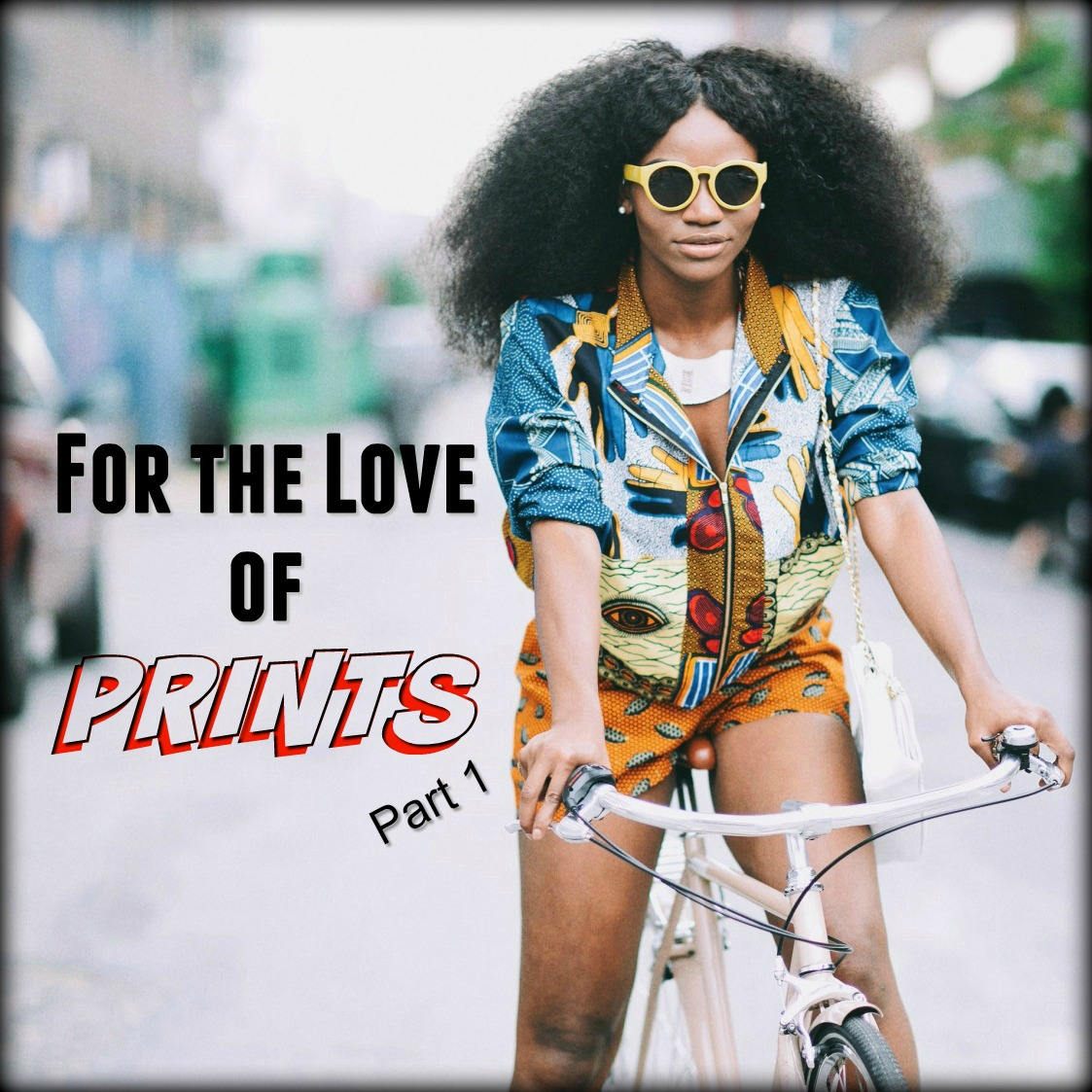
Take a moment to peer into your closet. What do you see, lots of prints or more solid colored garments?
For as long as I can remember I’ve been a lover of prints, to me, they’re more interesting than solid colors and my preference for them stems from my coloring and personal style.
Like most things, too much of something is rarely a good idea; too many prints and your outfit can appear noisy and/or haphazard, too many solid colored outfits and you risk looking a little boring.
Prints and patterns are design elements which I believe deserve at least twenty percent of your wardrobe. They add interest, can display your personality, elevate or lower the formality of an outfit and even change it’s overall mood. Understanding about prints and patterns and what makes them work is important in working out which ones will work best for you.
Recently, I’ve been writing and recording lessons for our new online image consultant course and thought you may also enjoy some of what I’m teaching.
First off, let’s start with the difference between prints and patterns. A print is a motif or design printed onto a fabric. While a pattern is a motif or design that can either be woven or printed into a fabric. Therefore, all patterns are prints but prints are not patterns.
Now that we understand prints and patterns a bit better, here some of the major categories of prints :
- Geometric: shapes made from geometry
- Linear/Lineal: Straight lines
- Florals: Flowers
- Abstract: Images of objects distorted from how they look in reality
- Animal
- Ethnic/Tribal: Art that originates from specific regions, ethnic or tribal groups
- Motif: clearly repeated designs, think shoes, leaves, elephants, butterflies etc
- Graphic: Images generated on a computer
These categories can further be grouped into classics and fads. It’s important to make this distinction because classics prints and patterns are worth investing in if the garment is also classic in style, while fads are trends that are unlikely to last beyond a season.
Classic Prints and Patterns
The following prints and patterns have withstood the test of time. These kinds of prints and patterns have proven to be, time and time again, wardrobe staples that remain elegant, chic, and sophisticated.
STRIPES
There are three kinds of stripes: vertical, horizontal, and diagonal.
Vertical stripes are more flattering when the stripes are closer to each other and thinner. The wider the stripe, the distance between the stripes and/or the higher the color contrast between the stripes, the wider you will seem to appear to be. An especially noteworthy stripe when it comes to work wear style is the menswear-inspired pinstripe. Horizontal stripes, on the other hand, are perceived as more relaxed and casual. While diagonal stripes are seen as creative and individual. The same styling rule applies to diagonal and horizontal stripes as they do to vertical stripes.
FLORAL
Floral prints are no longer limited to spring/summer. They can be worn year round. The feel of a floral print or pattern is dictated by its color palette, the closeness of of the images to reality and the type of flowers.
Light or pastel florals convey romance, innocence, and femininity. Dark florals express more strength and are therefore more suited to business wear. Those with a background in a similar depth to your hair will look most at home on you. Bright florals are seen as youthful and fun and are especially appropriate in the summer. Abstract floral prints are creative on trend at the moment. Liberty florals have a retro feel and are typically smaller in scale. Lastly, folk floral prints are bohemian-inspired and have more of a BoHo influence.
PLAIDS
The major categories of plaid are glen plaid, tartan, windowpane check, madras check and gingham. Both glen plaid and tartan are menswear inspired and are great for office dressing. Meanwhile, madras checks are for more casual occasions. The same can be said for gingham, no matter what the silhouette gingham is a casual and playful print that is best reserved for social occasions.
Windowpane checks are great for your work wear wardrobe. We would advise you to wear only one piece in windowpane check as it can get overwhelming. However, a head-to-toe windowpane check suit can work for those who work in more creative industries.
ANIMAL
A major group within the animal print family is that of the wildcats. Leopard, tiger, and cheetah prints are classics that will never go out of style. Every year and every season, we spot these wildcat prints on major runways. Leopard is practically a neutral! All jokes aside, these wildcat prints and patterns exude an undeniable drama, sex appeal, and strength. Zebra and giraffe prints are unexpected incarnations of the animal print and express a more creative side. Python prints express that same drama and glamour as the wildcat prints. However, python prints can be too much so to be on the safe side opt for them as accessories. Lastly, cow/pony and dalmatian prints are quirky, unusual and even comical. These two prints are definitely more on the casual spectrum. Cow/pony prints can also be enlarging, so proceed with caution.
SPOTS/DOTS
People either love or hate the spot/dot print. A trend that can be traced back to the 40s-50s and still remains relevant today, the spot/dot is certainly here to stay. Even spaced spots are more retro, and smaller, uneven spots look more modern and more suited to wear in a corporate setting. Pop art spots and confetti spots in varying colors are whimsical prints that translate to daytime or party wear.
PAISLEY
Originating in India, paisley prints and patterns were made fashionable by the British. This print is very strong in bohemian fashion. When donned as an abstract print, paisley can be appropriate for business casual events.
CAMOUFLAGE
The army origins of the camouflage print give it a rugged, masculine and casual image. This print is enjoying a trend renaissance right now. Camouflage is becoming big in the street wear scene.
FAD PRINTS & PATTERNS
Fads come and go. So while these patterns and prints are fun, it is unlikely that these will last more than a season or two. You’ll be much better off going for these prints and patterns as low investment pieces in your wardrobe. Though their longevity isn’t the best, it makes a great impact for the season.
PALM
Resort wear and summer-inspired, palm prints and patterns are great in fun silhouettes like rompers and cropped tops.
ILLUSION
This may be the only exception to the ‘fads’ rule. Part geometric and part linear, illusion prints can last you more than season especially when done in neutrals.
COMIC
Comic prints are pop art influenced and are typically loud and in-your-face. Proceed with caution, comic prints can make a major statement but can be enlarging.
MOTIF
Motifs occur every season. Repeats of either tropical motifs like birds of paradise for summer, leaves for fall, map prints for winter; all of these are unique motifs that can elevate your look.
In part 2 I’ll cover the in’s and out’s of wearing coordinating prints.
If you enjoyed this week’s feature
please like it on Facebook or Instagram
or leave a comment/question below.
Thank you.
Ann Reinten AICI CIP
Author

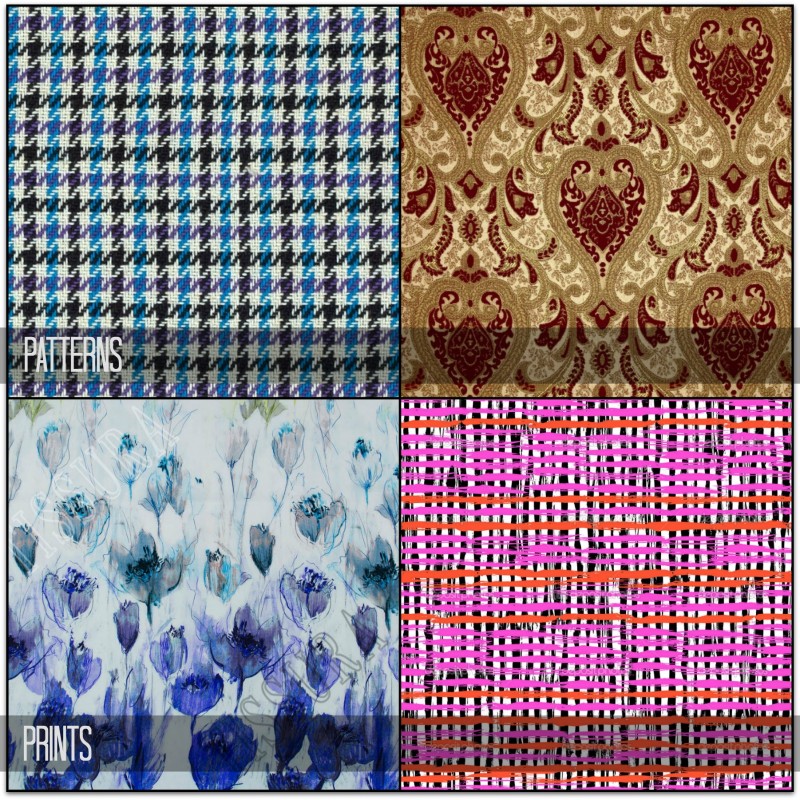
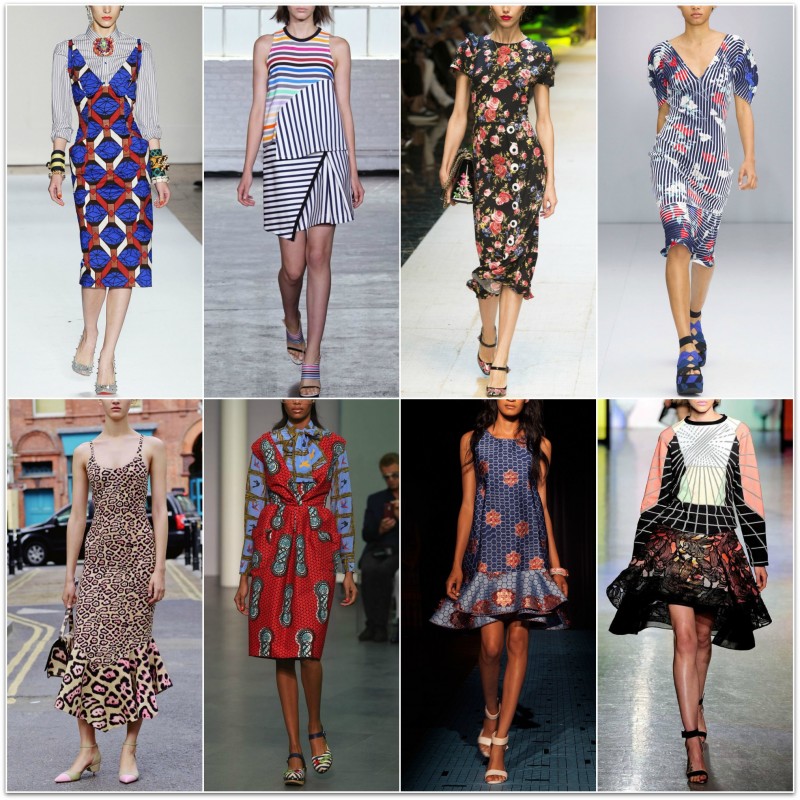
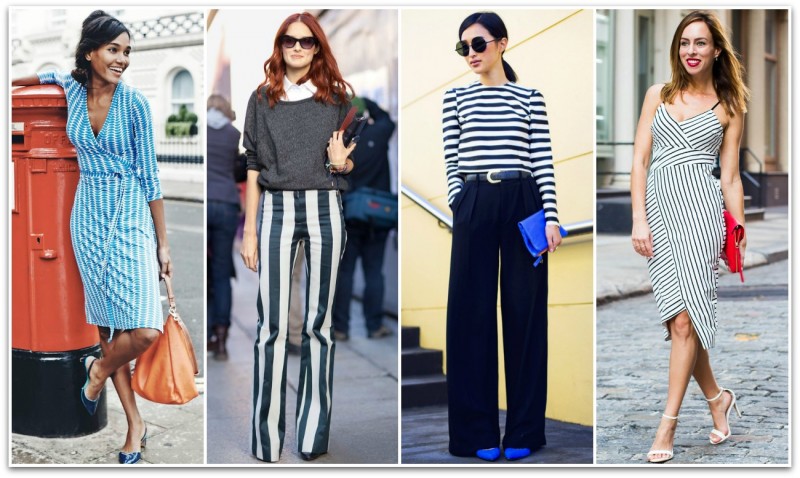
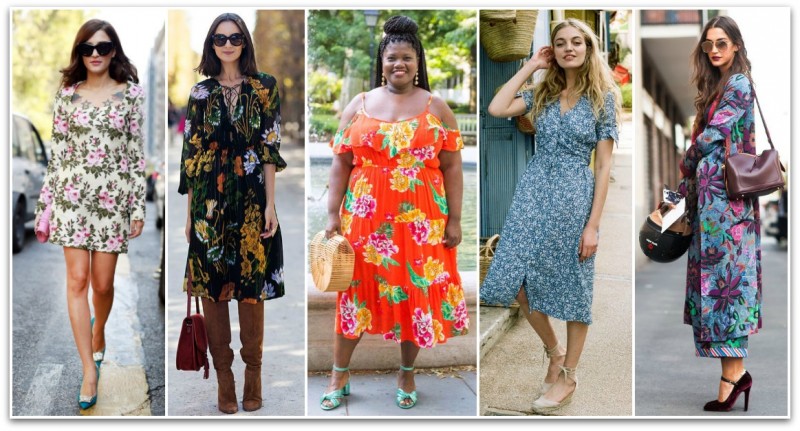
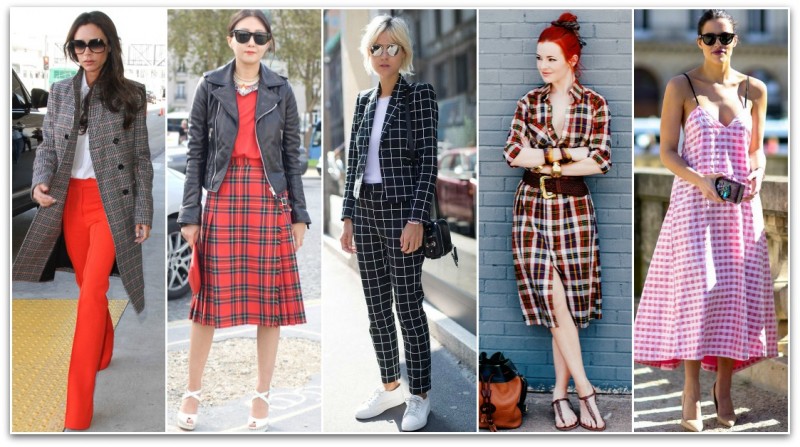
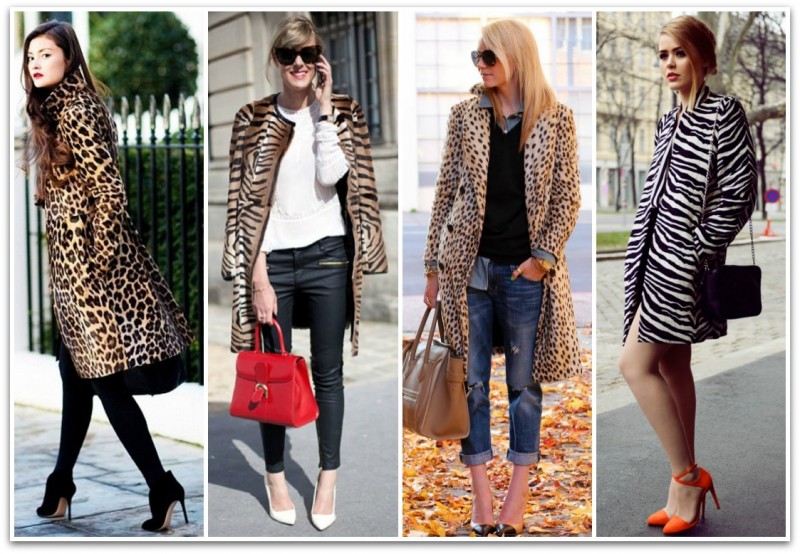
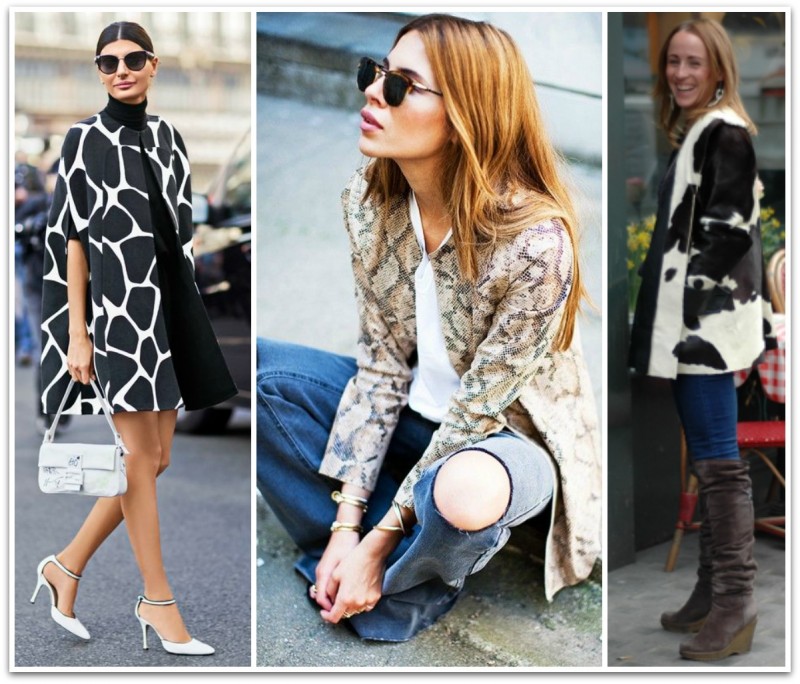
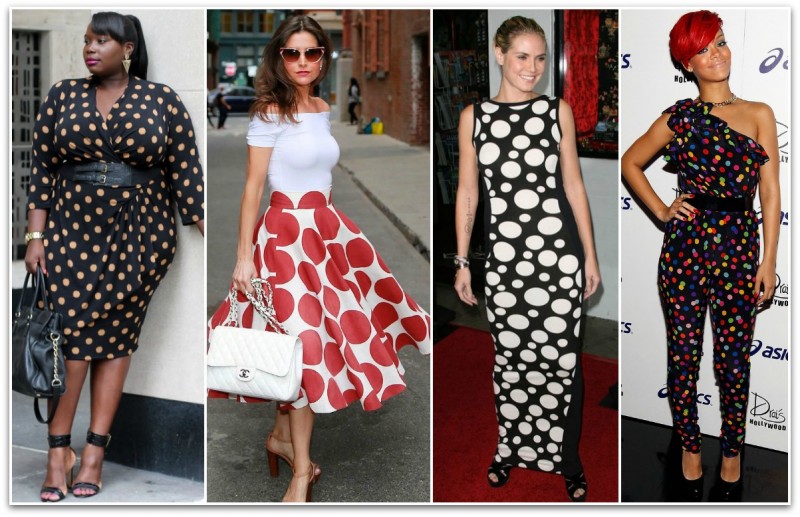
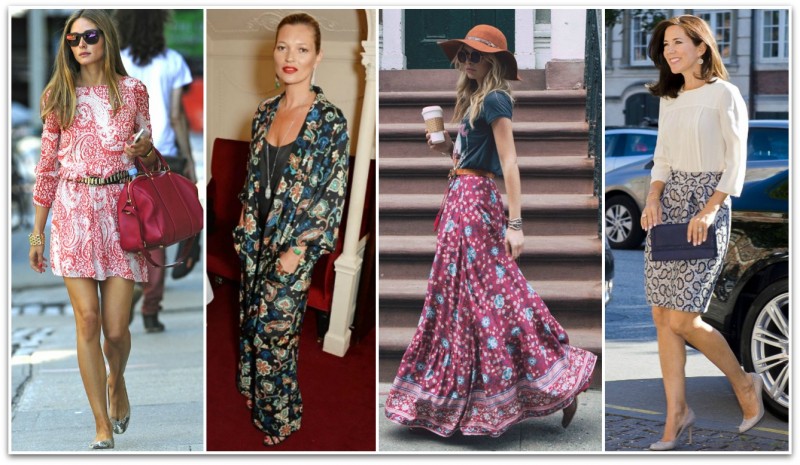
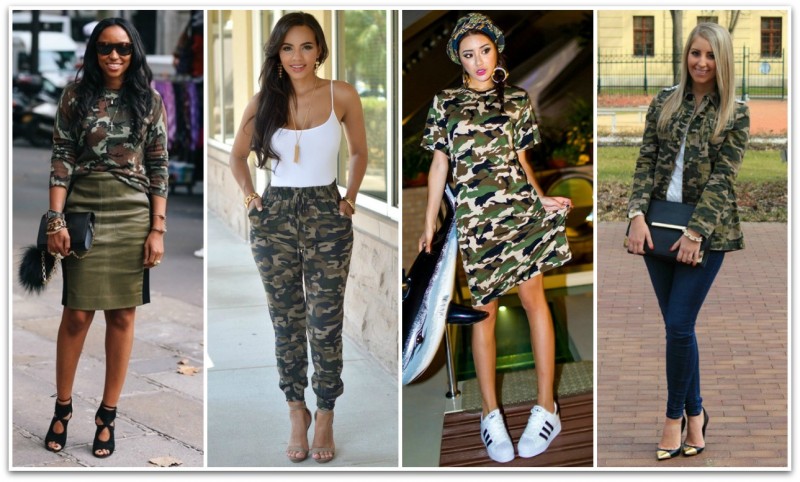
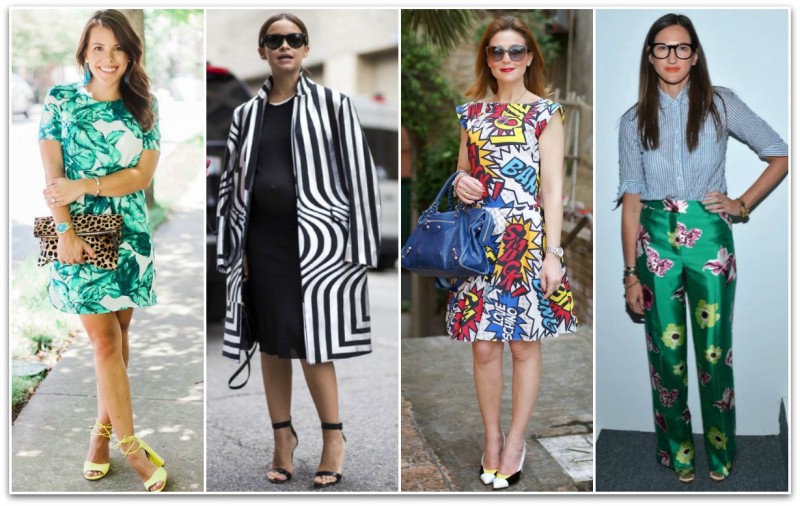

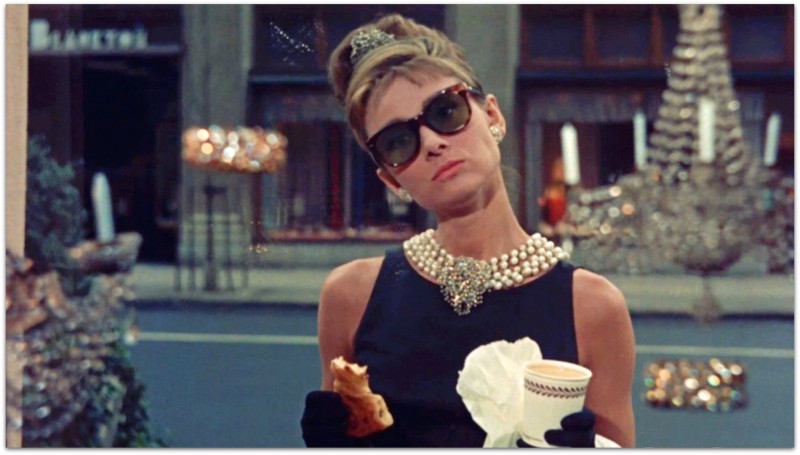
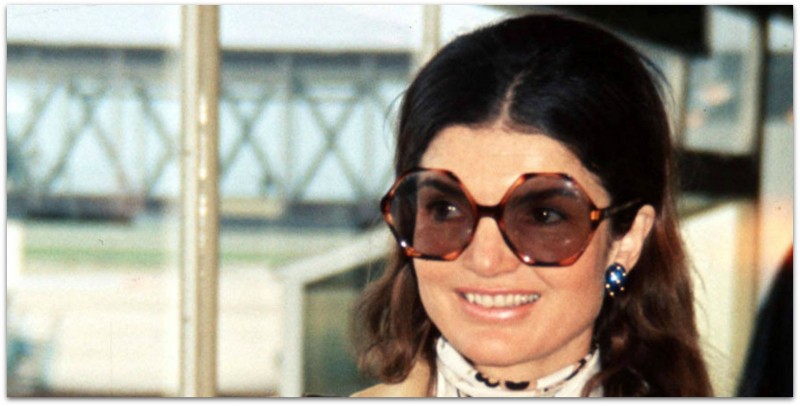
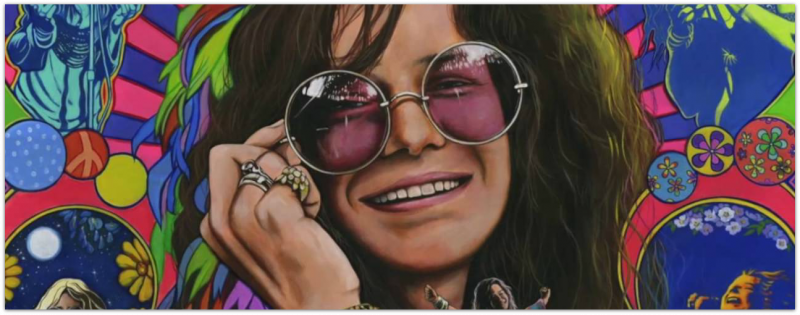
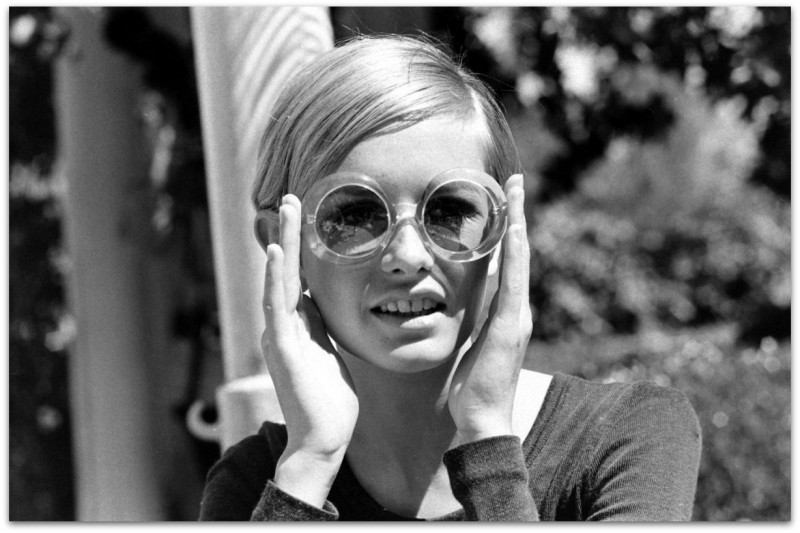
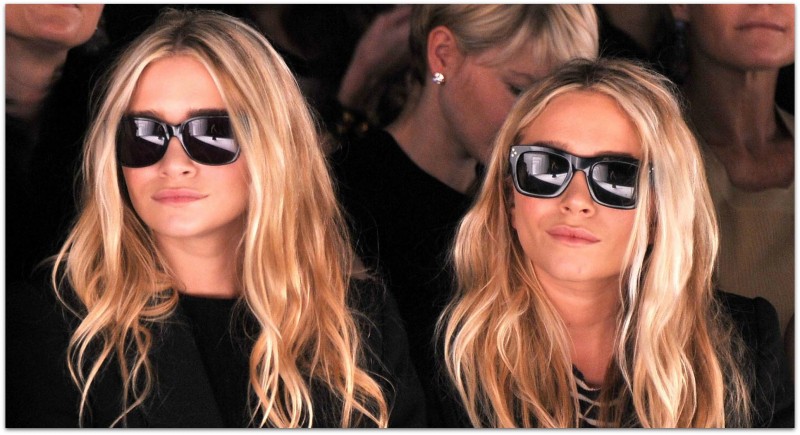

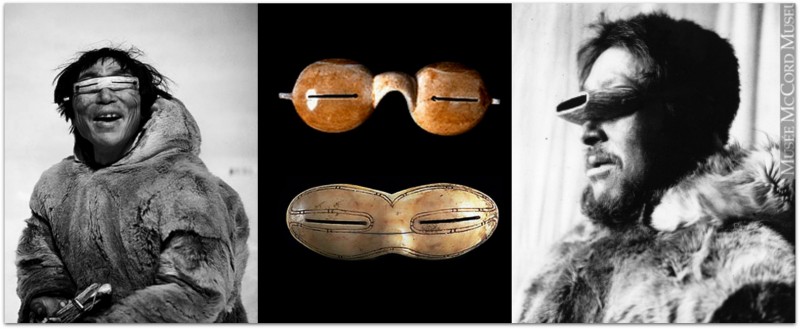
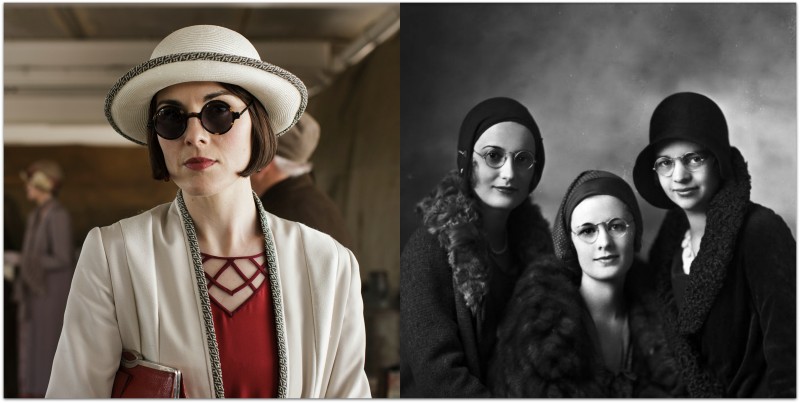






Recent Comments